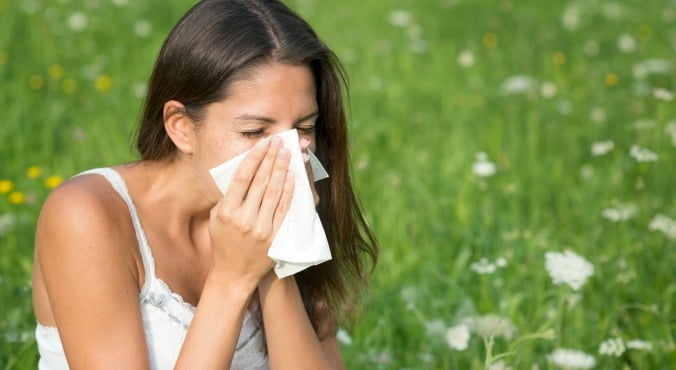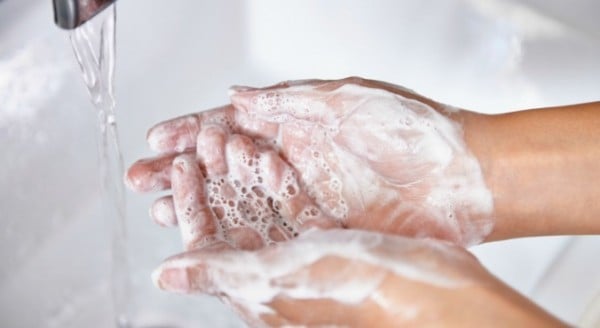
Image: iStock. By Sally Bloomfield, London School of Hygiene & Tropical Medicine.
Allergies are on the rise across the developed world and hay fever and eczema have trebled in the last 30 years. Yet allergies are an area of much confusion and concern.
Although one study found 38 per cent of people think they have a food allergy, in fact only one to five per cent do, and allergists commonly report spending most of their consultations refuting firmly held beliefs that have no scientific foundation.
Theories about allergy – some from medical research and some from lifestyle ‘gurus’ – have led to conflicting information, making it hard to know what to believe. Because of this, Sense About Science worked with me and a number of allergists, immunologists, respiratory scientists and pharmacists to produce Making Sense of Allergies, a guide tackling the many myths and misconceptions about allergies.
One common myth – something that I work on – is the link between allergies and exposure to microbes. So here is a hygiene and allergy reality fact check. (If you are allergic to gluten – Mamamia’s quinoa recipe is a winner. Post continues after video.)
Do fewer childhood infections mean more allergies?
No. Although a link between allergies and microbes is largely accepted, the idea that more infections during childhood reduces the chance of developing allergies is now discounted. This idea came from the hygiene hypothesis, proposed in 1989, which theorised that the 20th century’s increase in allergies was due to lower rates of infection in early childhood. This hypothesis was based on observations that larger family size protected against hay fever, while smaller families were thought to provide insufficient infection exposure because of less person-to-person infection.

